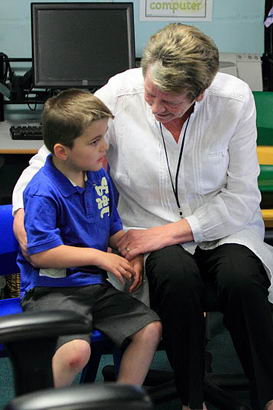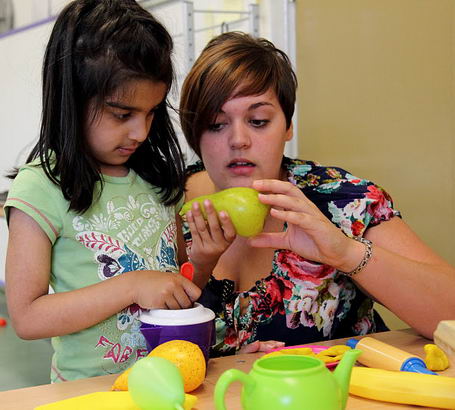
Children requiring intimate and personal care will vary in age, background and ethnicity, and will have
differing levels of need, ability and communication skills. However, what they have in common is the right to be treated with
sensitivity and respect and in such a way that their experience of intimate and personal care is a positive one.
Lenehan et al, 2004
Consider the areas of personal care below, and list the different tasks involved. Determine which tasks you would classify as intimate care.
- Eating and drinking (including oral health).
- Dressing/undressing (including choosing clothes).
- Toileting and training, and menstruation (including continence and sanitary pads).
- Personal hygiene (including washing, shaving, brushing hair, make-up, etc.)
- Dealing with bodily fluids.
- Medication, medical procedures and physical health tasks.
- Maintaining mental health.
(Lenehan et al, 2004)
Compare your answer with this classification by Carnaby and Cambridge (2006).

Under the 2012 Ofsted inspection framework, safeguarding will be inspected under 'Behaviour and safety' and 'Leadership and management' judgements.
Looked after disabled children are not only vulnerable to the same factors that exist for all children living
away from home, but are particularly susceptible to possible abuse because of their additional dependency on residential and
hospital staff for day to day physical care needs.
HM Government, 2010
It is recognised at a national level that disabled children are especially vulnerable, partly because of their ongoing need for intimate personal care over an extended period (see Level B). Children and young people living away from home are particularly vulnerable to abuse.
Consider what additional strategies need to be in place to safeguard children in residential special schools and compare your ideas with the following sample answer.

Strengthen the capacity of children and young people with SLD/PMLD/CLDD and their families to keep themselves safe through:
- Helping them express their wishes and feelings about their care/treatment.
- Ensuring they receive appropriate personal, health, and social education (including sex education).
- Ensuring they can raise concerns.
- Ensuring they have access and can communicate with a range of adults.
- Maintaining close contact with families.
- A culture of openness.
- Good practice training for staff.
